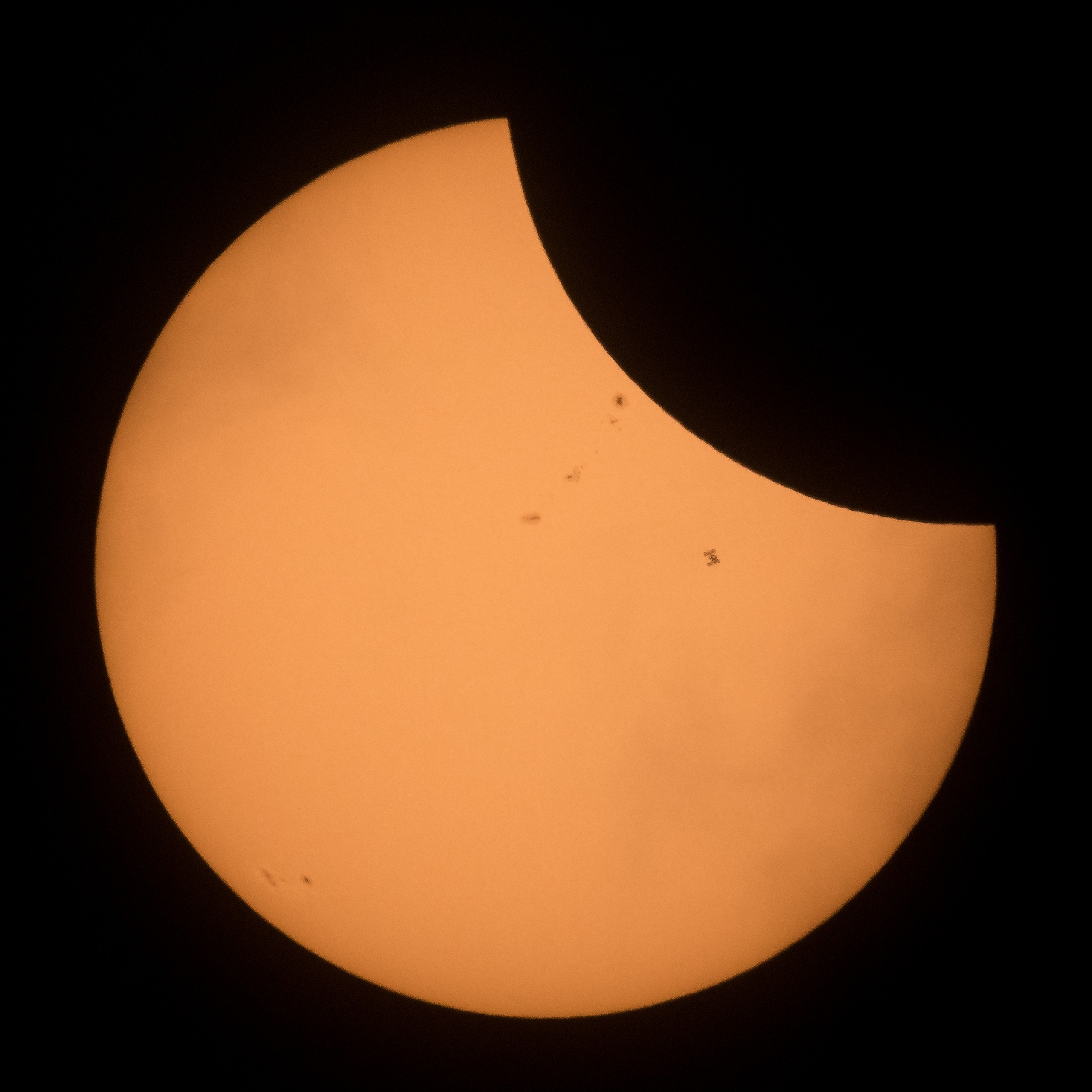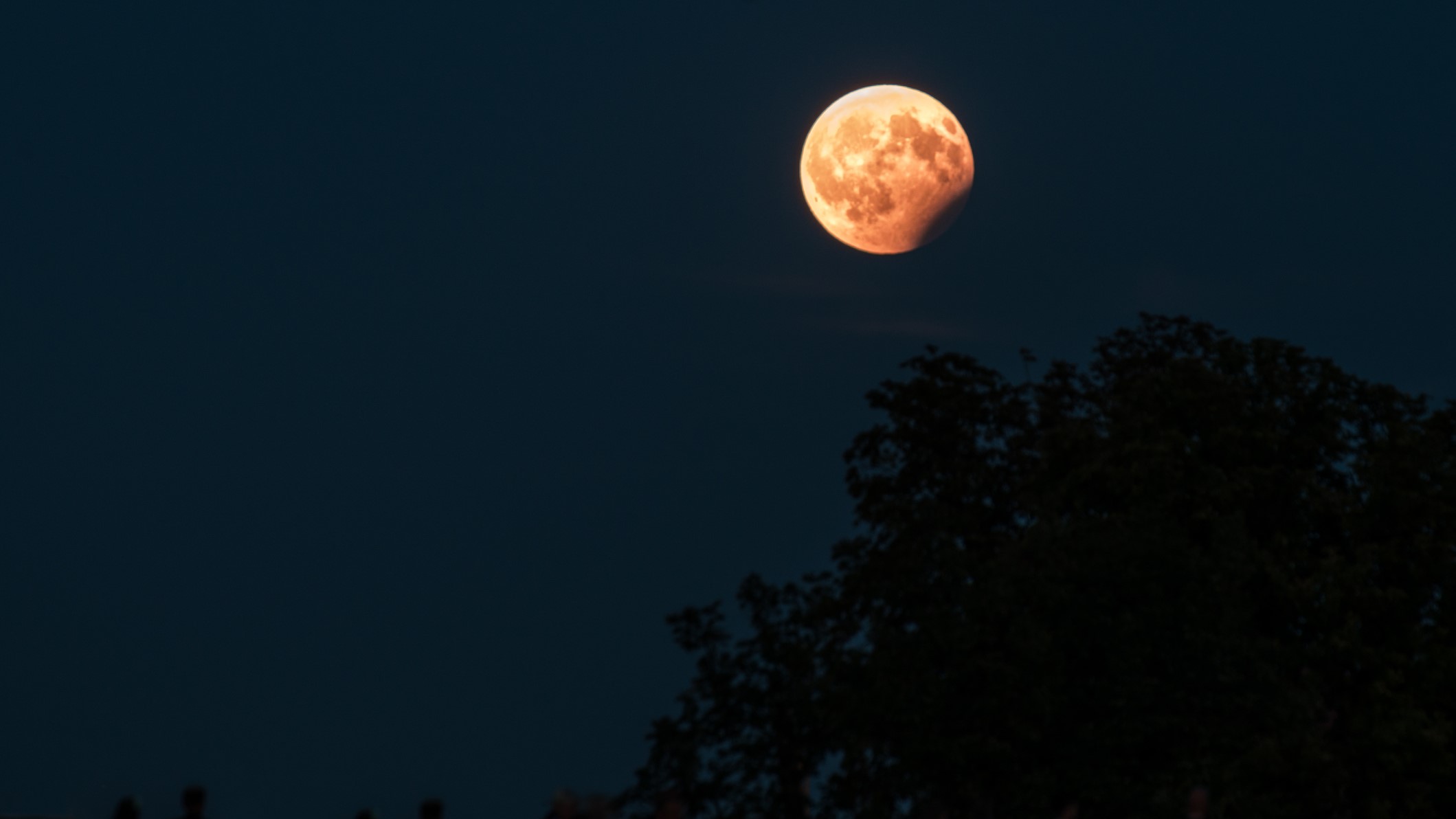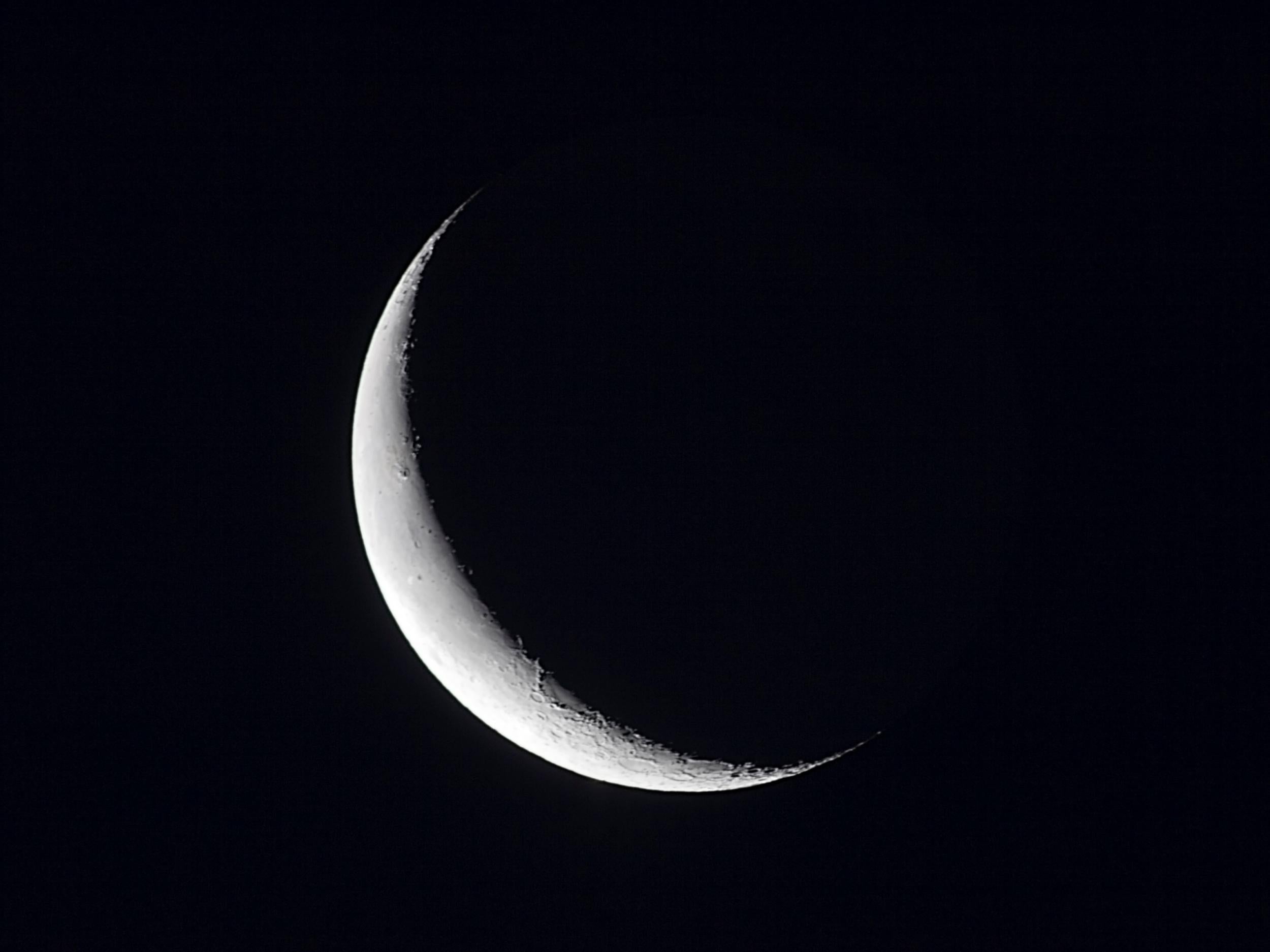The Enigma Unveiled: A Critical Examination of Rare Black Moon December 30: Complete Viewing Guide
Introduction
The celestial phenomenon of the Black Moon, a second new moon within a single calendar month, has captivated stargazers and astronomy enthusiasts alike. While the occurrence of this rare event is noteworthy, the proliferation of guides claiming to offer a "Complete Viewing Guide" raises concerns about their accuracy and the potential for misinterpretation. This essay will critically examine the complexities surrounding the Black Moon of December 30, 2022, scrutinizing the claims made in various viewing guides and presenting a nuanced understanding of this astronomical wonder.
Thesis Statement
Rare Black Moon December 30: Complete Viewing Guide, despite its allure, presents a multifaceted narrative that requires critical analysis. While these guides provide essential information, their limitations and conflicting advice highlight the need for caution and a deeper understanding of the phenomenon.
Evidence and Analysis
-
Many viewing guides rely heavily on sensationalized headlines and exaggerated claims, which can create unrealistic expectations among observers.
-
The visibility of the Black Moon is highly dependent on geographical location, weather conditions, and light pollution, factors that are often overlooked in generic guides.
-
The timing of the lunar phases varies slightly among different time zones, making precise viewing times challenging to determine.
-
Some guides suggest that the Black Moon will appear as a completely dark orb, while others claim it will be faintly visible. This discrepancy can lead to confusion and disappointment among onlookers.
-
The visibility of the Black Moon also depends on the observer's eyesight and the presence of other celestial bodies, such as planets or stars.
-
Cultural and astrological interpretations of the Black Moon can further complicate its perception.
-
Reputable astronomical organizations, such as NASA and the American Astronomical Society, provide more accurate and scientifically grounded information about the Black Moon.
-
News articles from reliable science journals can offer valuable insights into the scientific basis behind the phenomenon.
-
Consulting with local observatories or astronomy clubs can provide personalized viewing tips and debunk any misconceptions.
Broader Implications
The oversimplification and potential inaccuracies in "Complete Viewing Guide" for the Rare Black Moon of December 30 have broader implications for science literacy and public understanding of astronomical events.
- Misinterpreted information can erode trust in scientific authorities and lead to unfounded beliefs.
- Sensationalism can distract from the true beauty and significance of astronomical wonders, obscuring their educational value.
- Public skepticism towards scientific information can have detrimental consequences for future space exploration and scientific discovery.
Conclusion
In conclusion, while Rare Black Moon December 30: Complete Viewing Guide can serve as a starting point for understanding the phenomenon, it is essential to approach them with critical thinking and seek more reliable sources for accurate information. By embracing a nuanced understanding that acknowledges the complexities of the Black Moon, we can appreciate its rarity and marvel at the beauty of our celestial tapestry. The challenge lies in striking a balance between accessibility and accuracy, ensuring that the fascination with astronomical events is complemented by a foundation of scientific knowledge.
Miwa: Japan's Guitar-Wielding Singer-Songwriter
Sharon Osbourne's Drama-Filled Career: The Queen Of Reality TV
Alanis Morissette’s Breakup Anthem: How Jagged Little Pill Changed Music



